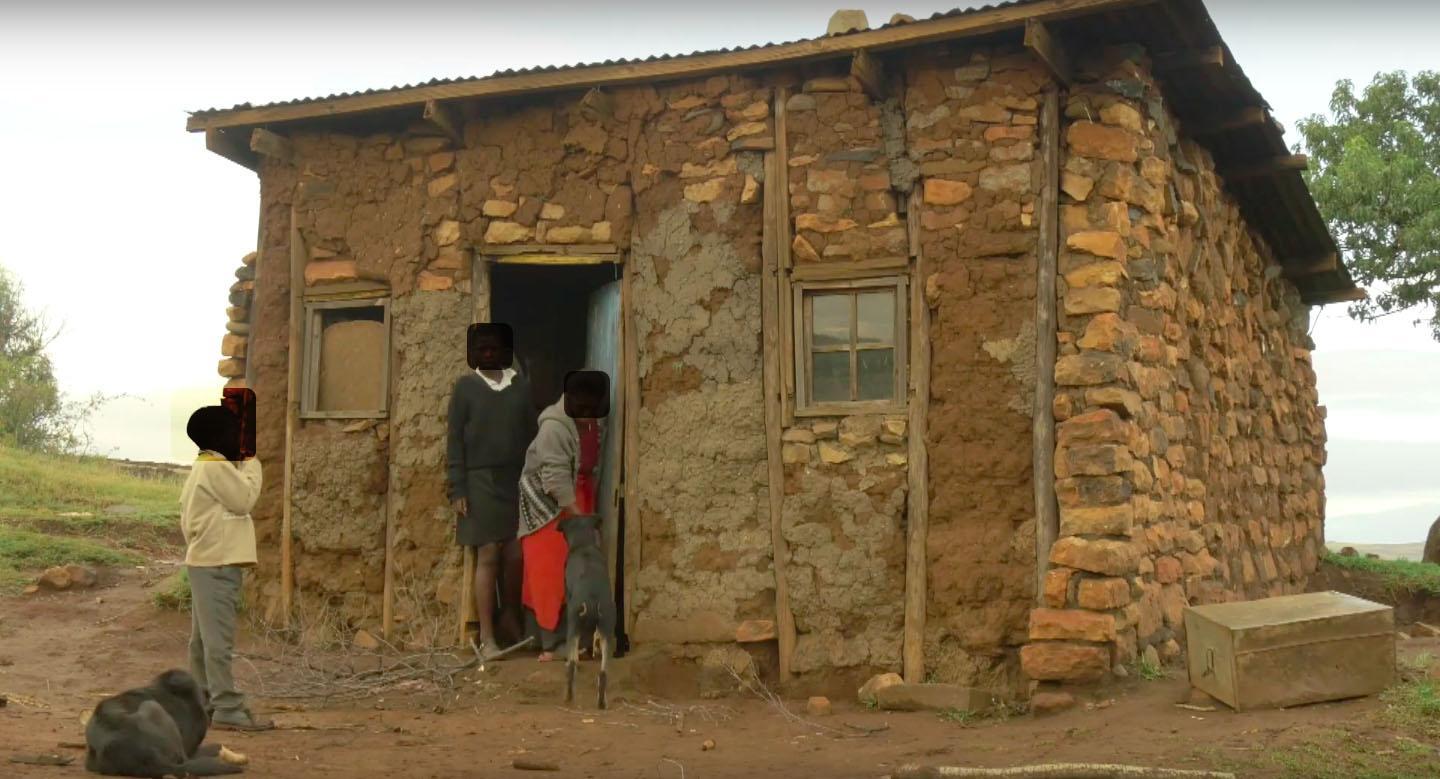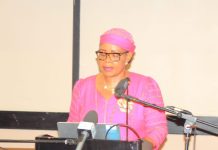Africa-Press – Lesotho. Despite progress in reducing poverty, about 77.4 percent of people living in Lesotho were poor or vulnerable in 2017. About 27.7 percent of people were classified as vulnerable. Vulnerability was higher in rural (31.1 percent) than in urban areas (21.3 percent), said the World Bank this week.
In its 2022 report titled Inequality in Southern Africa: An Assessment of the Southern African Customs Union (SACU), the World Bank said most people in SACU were unlikely to achieve economic and social “success” because of circumstances beyond their control, such as their gender, race, where they were born, or their family backgrounds.
The World Bank said SACU, comprising Botswana, eSwatini, Lesotho, Namibia, and South Africa, was the world’s most unequal region. Based on Gini coefficients of consumption (or income) per capita, South Africa, the largest country in SACU, was the most unequal country in the world, ranking first among 164 countries in the World Bank’s global poverty database.
Botswana, eSwatini, and Namibia are among the 15 most unequal countries, and despite recent improvements, Lesotho still ranks among the top 20 percent.
Consumption inequality across the SACU region is over 40 percent higher than the averages for both Sub-Saharan Africa and other upper-middle-income countries.
It also said inherited circumstances had a role in inequality of opportunity where for instance children in Lesotho did not have the same set of chances as those in South Africa.
The report tells the story of Nthabiseng, a seven-year-old girl living in the rural Senqu River Valley. She is the youngest of four children and lives with her widowed mother, who completed only three years of formal schooling.
The family’s only source of income is a small life insurance policy that Nthabiseng’s late father acquired during his employment at a South African mine.
On the other hand, James is a seven-year-old only child living in the leafy suburb of Northcliff in Johannesburg. His white parents both have university degrees and work in financial services.
The chances of Nthabiseng becoming a bank manager or information technology specialist are remote and certainly much lower than those of James, who began life in relative privilege.
Like Nthabiseng, many people in SACU face unlikely odds of economic and social success because of circumstances beyond their control, such as their gender, race, where they were born, or their family backgrounds.
The World Bank says the circumstances a person inherits at birth interact with policies, markets, and institutions in shaping the opportunities available to them at various stages of life.
These differences in inherited circumstances and their influence on people’s access to opportunities result in high inequality of opportunity. This systematically creates unfair differences in starting points for specific groups and amplifies the inequality of earnings and incomes.
Otherwise, Nthabiseng and James are separated by an unequal start in life, which also means they will face systematically unfair differences in opportunities throughout their adult lives.
Poor people in SACU have relatively worse access to basic public services. Lesotho is a case in point. There has been some progress, although high inequality persists with consumption inequality in SACU declining.
The Gini coefficient for consumption per capita in the region fell from 68.7 during the 2000s to 66.5 in 2016. Botswana and Lesotho saw the most rapid declines, whereas inequality was relatively stagnant in eSwatini and South Africa.
Urban areas, which have consistently been more unequal than rural areas, experienced a larger reduction in inequality. Although the region has made important gains in advancing gender parity, the World Bank said for example, systematic differences between men and women remained and contributed to overall inequality.
Also, the geography of economic inequality likewise persists. The spatial patterns of people’s income are likely to be correlated with spatial patterns of economic resources and opportunities.
The SACU region effectively has two spatial clusters. The first, to the west, comprises high-welfare sub regions and the second, to the east, low-welfare ones. Although the levels of welfare in the sub regions are converging, the pace of convergence has been slow.
One pathway by which inequality of opportunity hampers intergenerational mobility is through high wealth inequality and its skewed transfers of wealth from one generation to the next.
Thus, high wealth inequality is associated with high income inequality. This is exacerbated by the small size of the middle class, which constrains economic mobility and entrenches socio-economic immobility.
The bank said the contribution of inequality of opportunity to overall inequality in the region had increased, further perpetuating socio-economic immobility and inequality.
To help equalise opportunities, policies are needed to minimise the inequalities that emerge early in life and are driven by differences in individual circumstances at birth and during childhood.
“This would help level the playing field and reduce the influence of inherited circumstances on people’s life chances,” said the bank.
For More News And Analysis About Lesotho Follow Africa-Press






